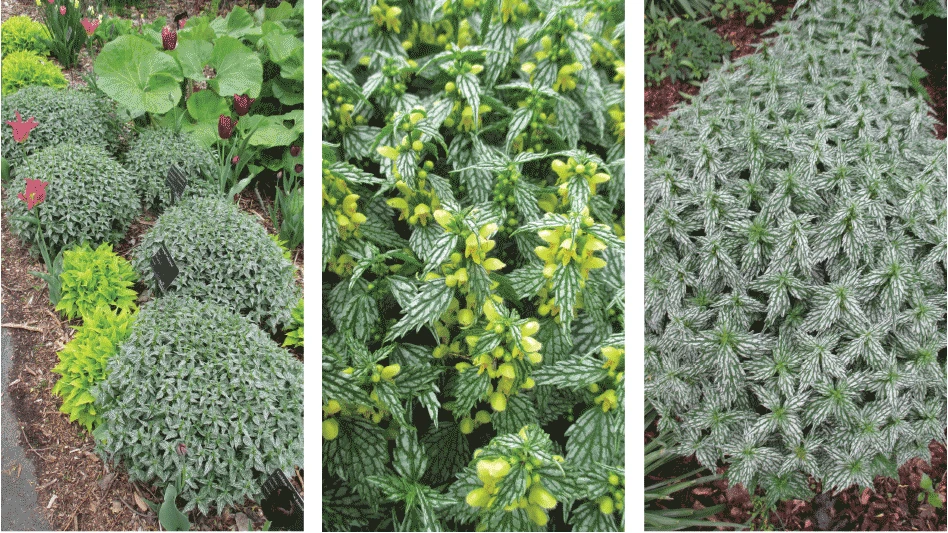
When I’m in the forest and the mountains, I experience a feeling that’s almost indescribable. It’s an absolute sense of peace. A heightened sense of sound, smell and tactility. Unadulterated joy.
I don’t know if such feelings are inherited, but if they are, I certainly got the “mountains gene” from my dad. I lived in Colorado as a young child and almost every weekend was spent driving to the mountains and playing in the forests. The sound of creeks and rivers, birdsongs, the wind through the pines and aspens – that is the music of my soul.
Not everyone shares my affinity for the mountains. For some it’s the beach, for others the desert, and for some the plains. My grandmother loved the drive through Kansas and Nebraska because it reminded her of her home in Winnipeg, Canada. Turns out it’s not a gene I inherited from my father, but something that all humans possess. We all have a connection to our natural world and it’s called the biophilia hypothesis or BET. It suggests that humans tend to seek connections with nature and other forms of life. Edward O. Wilson introduced the hypothesis in his book, Biophilia in 1984. He defines biophilia as "the urge to affiliate with other forms of life."
BET is gaining traction again because of the sometimes-absurd amount of time we spend indoors and in front of screens. Biophilic design – design that reconnects us with nature – may be the answer to what some have deemed our society’s disconnection with nature.
Terrapin Bright Green, a sustainability consulting firm in New York, says that biophilic design can reduce stress, improve cognitive function and creativity, improve our well-being and expedite healing; as the world population continues to urbanize, these qualities are ever more important.
“Given how quickly an experience of nature can elicit a restorative response, and the fact that U.S. businesses squander billions of dollars each year on lost productivity due to stress-related illnesses, design that reconnects us with nature – biophilic design – is essential for providing people opportunities to live and work in healthy places and spaces with less stress and greater overall health and well-being,” Terrapin writes in its report, “14 Patterns of Biophilic Design,” (terrapinbrightgreen.com/reports/14-patterns).
Terrapin goes on to report, “Biophilia is the humankind’s innate biological connection with nature. It helps explain why crackling fires and crashing waves captivate us; why a garden view can enhance our creativity; why shadows and heights instill fascination and fear; and why animal companionship and strolling through a park have restorative, healing effects.”
The International Living Future Institute (living-future.org) is leading the Biophilic Design Initiative, which aims to achieve the goal of broad adoption of biophilic design among the design community, building owners and cities. Is the green industry an integral and constant part of this discussion? We must be active partners in this movement!
Again, I’ll quote John Muir (one of my heroes): “The mountains are calling, and I must go.”


Explore the January 2019 Issue
Check out more from this issue and find your next story to read.
Latest from Nursery Management
- NewGen Boxwood added to Proven Winners ColorChoice line
- Terra Nova releases new echinacea variety, 'Fringe Festival'
- American Horticultural Society names winners of 2025 AHS Book Awards
- Nufarm announces unified brand
- American Horticultural Society announces winners of 2025 Great American Gardeners Awards
- Shifting the urban environment
- The Growth Industry Episode 3: Across the Pond with Neville Stein
- What's in a name?





